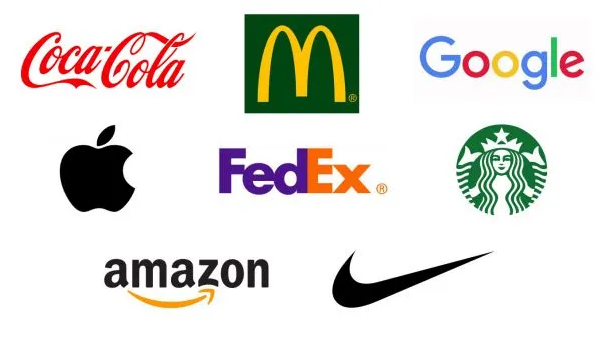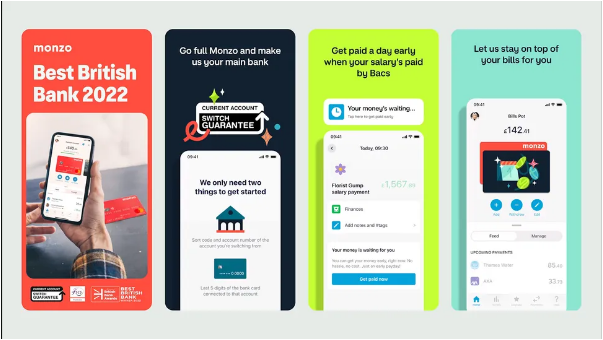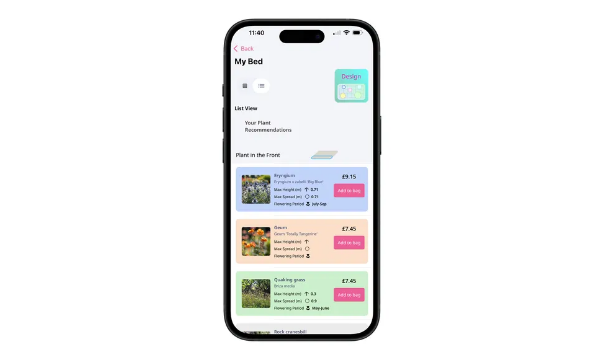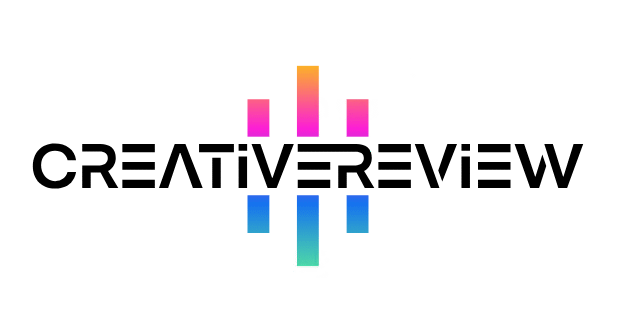Once upon a time, “branding” was all about visual identity—think logos, color schemes, and catchy ad campaigns. But today, that’s no longer the case. A brand’s core isn’t defined by a single image or slogan; it’s shaped by every digital interaction a customer has with it. This is where user experience (UX) and user interface (UI) design come in: they aren’t just “add-ons” to your brand—they’re the foundation of how modern audiences perceive and connect with it. If you’re curious about streamlining design, you might also enjoy exploring why simplicity is key in UX/UI.

Logos Are Just the Start—UX/UI Keeps the Connection Going
Think of a great logo like a first handshake: it’s a quick, memorable introduction that sets the tone. But what happens after that handshake? That’s where UX and UI take center stage. Your website, app, or any digital tool isn’t a static poster—it’s a dynamic space where users complete tasks, find information, and engage with your brand.
Logos still matter as powerful identifiers, but they’ve become more of a “gateway” than the full story of your brand. In the digital age, your brand’s personality shines through how users interact with you—and UX/UI is the main way you communicate that personality.

UX design, for example, turns your brand’s values into tangible, user-friendly experiences. If your brand prides itself on speed and clarity, a smooth onboarding process and intuitive navigation will prove that. On the flip side, if luxury and exclusivity are your hallmarks, intentional animations, elegant typography, and curated content layouts will make that feel real.
UI design, meanwhile, is the visual voice of UX. It’s the color palettes, fonts, icons, buttons, and small animations that tie every digital touchpoint together. A consistent UI ensures users recognize your brand across platforms—whether they’re on your website or app—and helps them feel familiar and comfortable. Inconsistent UI, though? It confuses users, breaks their trust, and dilutes what your brand stands for.
For many customers, their first encounter with your brand will be on a screen—via an app, a website, or social media. This is especially true for digital-first brands (those built entirely online). In these cases, UX/UI isn’t just an extension of your brand—it is your brand.
The “Invisible Hand” of UX/UI: Shaping How People See Your Brand
How customers perceive your brand is a mix of interactions, emotions, and personal feelings. In the digital world, UX/UI is the biggest driver of that perception—it’s how users decide if your brand is reliable, trustworthy, or worth their time.

Imagine this: you’re trying to buy a gift online, but the website freezes mid-checkout, or you can’t find the “buy now” button anywhere. Frustrating, right? Those negative feelings stick to the brand immediately. Now, contrast that with a website that’s fast, smooth, and easy to navigate—you feel good about using it, and that goodness transfers to the brand. You trust them because they made your life easier. That’s the power of strong UX. (For a real-world example, check out CB’s deputy editor’s take on why she’s obsessed with Monzo’s UX.)
Smooth experiences don’t just avoid frustration—they create positive emotions. When a user can find what they need in two clicks, finish a task without confusion, or even smile at a well-placed animation, they link those good feelings to your brand. Over time, those small, positive moments build loyalty.
UX/UI also communicates your brand’s personality in subtle ways. A playful brand might use bright colors and whimsical icons; a professional B2B brand might opt for clean lines and straightforward language. These small choices add up to a cohesive story that shapes how users unconsciously see your brand. In short, how easy (or hard) your digital tools are to use, and how appealing they look, directly shows how much you care about your customers.
UX/UI Drives Business Results—and Boosts Brand Value
Great UX/UI isn’t just about looking good or feeling easy—it has a direct impact on your bottom line and long-term brand value.
First, it increases conversions. A well-designed user journey—one that’s clear, uncluttered, and guides users toward action—makes it easier for people to sign up for your service, buy your product, or download your resource. By removing friction (like confusing forms or hidden buttons), UX/UI turns more visitors into customers. That’s an immediate return on investment.
Second, it builds customer loyalty. When users have a positive experience with your digital tools, they’re more likely to come back. Loyal customers don’t just spend more over time—they also become your biggest advocates, sharing your brand with friends and family through word-of-mouth.
Third, it elevates your brand’s reputation. Brands that consistently deliver great digital experiences are seen as innovative, customer-focused, and high-quality. This builds “brand equity”—the kind of goodwill that lets you charge premium prices, attract top talent, and stand out in crowded markets.
In fact, UX/UI is often the key differentiator in industries where products or services are similar. Competitors can copy your features, but they can’t easily copy a seamless, user-centric experience. A better UX/UI can win over customers even if your competitor offers the same functionality—and keep them coming back.
UX/UI Isn’t Just About Aesthetics—It’s About Solving Problems
While good looks help grab attention, the real power of UX/UI as a brand differentiator lies in its ability to solve user problems, anticipate needs, and deliver genuine value.

Brands that prioritize UX/UI show they understand their audience. By investing in user research, acting on feedback, and refining their digital tools over time, they’re sending a clear message: “We get you, and we care about making your experience better.” This empathy builds a deeper emotional connection with users—and sets your brand apart from those that treat design as an afterthought.
Take Hota, a gardening app loved by Creative Bloq: the team regularly updates its features based on user feedback, ensuring the app solves real pain points for gardeners. That’s UX/UI doing what it does best—putting users first, and in turn, strengthening the brand.
Tips for Building a Strong Branded UX/UI
Creating a UX/UI that feels true to your brand means weaving your brand’s essence into every digital interaction. Here’s how to do it:

- Start with strategy: Before you design anything, get clear on your brand’s values, personality, tone, target audience, and competition. Your UX/UI should reflect all of these—don’t just pick colors or fonts because they look nice.
- Build a comprehensive design system: Think of this as your brand’s “digital DNA”—a library of reusable elements (color palettes, fonts, icons, buttons) and rules for how to use them. This ensures consistency across every platform.
- Prioritize UX writing and content: Every word in your app or website is part of your brand’s voice. Define your tone (formal? friendly? empathetic?) and use it consistently—from button labels (“Sign Up” vs. “Join Now”) to error messages and onboarding guides.
- Keep it consistent across platforms: Your brand should feel familiar whether users are on your website, mobile app, or desktop software. Use your design system as a guide, but tailor the experience to each platform’s unique needs (don’t just shrink your website for mobile).
- Iterate and test constantly: Your brand and your users’ needs will change over time. Conduct usability tests, run A/B experiments, and analyze data to make sure your UX/UI is still meeting goals and resonating with users.
Rodolpho is a judge for this year’s Brand Impact Awards, which now includes a new “Interaction” category focused on UX/UI in branding. Ready to showcase your brand’s UX/UI work? Enter the Brand Impact Awards today.




